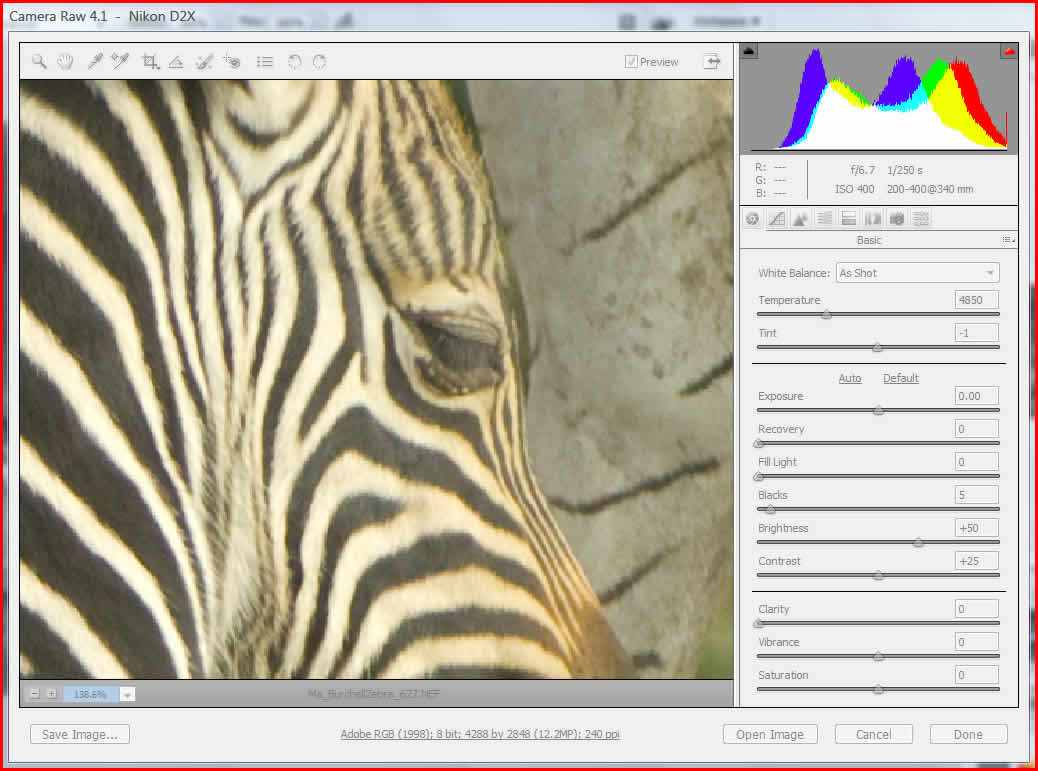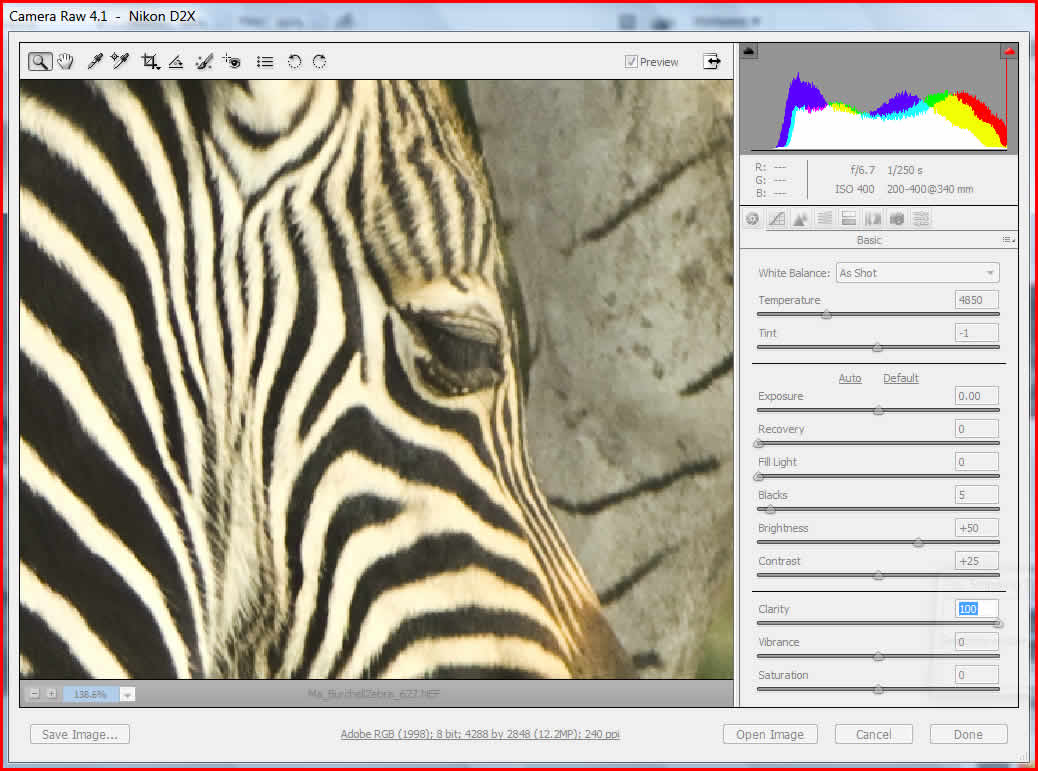Cardinal Photo Safaris Update: |

Grizzly bear female
Alaska bear safari
|
Alaska Grizzly Bear & Puffin trips, July 2009:
(These trips always fill up, so make your plans soon!)
Our 2008 sessions all sold out but we've just announced our two trips for 2009, so learn more or sign up soon. We'll have plenty of Alaskan Brown "Grizzly" Bears, as well as visit rookeries for Horned Puffins, Tufted Puffins, Common Murres and Kittiwakes. We're also likely to have some good Bald Eagle photographic opportunities and of course scenic shots of mountains, coastline and lovely flowers. This is a great trip for couples or non-shooting companions as the lodge is in a beautiful setting on the coast with plenty of opportunity for other activities. |
|
Africa : Botswana, November 14-26, 2009
(10 photographers maximum --
our 2008 trip SOLD OUT so book early)
Our trips feature plenty of mammals & birds. We'll
see lions, elephants, giraffe, leopards, cheetah and quite a few
varieties of antelope along with several dozen other species of
exotic animals. For
more details or to reserve your space now. |
|
Burma and Cambodia, December 2009:
We're excited about returning to Burma (Myanmar) and Cambodia. The main trip will be divided between the temple areas in Cambodia (especially the Angkor temple complex including Angkor Wat) and Burma (including historic Mandalay and the plain of temples at Bagan, as well as the capital Yangon, nee Rangoon). Learn more. We'll also have an optional post-trip extension to Laos, featuring Vientiane & Luang Prabang.
We just finished a second very successful 2007 trip (and about to head off for our 2008 trip) and are ready with what we think will be an even better itinerary for next December, 2009. Learn more about the trip now. |

Crested Caracara
South Texas Safari, 2007
|
South Texas Birds, April 12-18, 2009
(6 Photographers Maximum, filling up quickly)
After a great safari this year I'm anxious to get back to "The Valley" in south Texas and join a few of you to really focus on bird photography for a week again next year. There is no better way to improve your shooting skills, hone your flight shot technique and come home with lots of great images than by spending a week with us at these awesome Lens & Land properties.
We have some great upgrades for 2008, including luxury accomodations at a brand new game lodge close to the ranches. The small trip size (maximum 6 shooters), private ranches, and full service structure (all your local transportation, room, meals and drinks are included!) make this the premier trip to South Texas for bird photography. Learn more or get your deposit in now. |
|
|
New Cameras in ACR 4.1
- Canon
- EOS-1D Mark III
- Fuji
- FinePix S5 Pro
- Nikon
- D40x
- Olympus
- E-410
- SP-550 UZ
|
- Phase One
- H 20
- H 25
- P 20
- P 21
- P 25
- P 30
- P 45
- Sigma
- SD14
|
New Features in ACR 4.1
The most dramatic new feature is the Clarity slider. Adobe describes the slider as "increasing local contrast". The visual effect is indeed to increase the contrast and "clarity" of an image. This combines the power we associate with using sophisticated curves to remap tones with some intelligence about local areas. The results can be truly stunning, sort of a sharpening effect except applied to adjacent areas and not just edges. The two images below are crops from a Zebra photograph before and after the Clarity slider is applied:
Improved Sharpening Options
With 4.1 Adobe has added a full set of options to sharpening--in addition to the Amount slider you can now control the Radius (just like with Unsharp Mask) and two other settings called Detail ("Adjusts how much high-frequency information is sharpened in the image and how much the sharpening process emphasizes edges. Lower settings primarily sharpen edges to remove blurring. Higher values are useful for making the textures in the image more pronounced") and Masking ("Controls an edge mask. With a setting of zero, everything in the image receives the same amount of sharpening. With a setting of 100, sharpening is mostly restricted to those areas near the strongest edges. Press Alt (Windows) or Option (Mac OS) while dragging this slider to see the areas to be sharpened (white) versus the areas masked out (black)").
Other Additions & Notes
The Chromatic Aberration correction now includes a drop-down to let you control defringing.
And from Adobe's Notes Section:
- Camera Raw 4.1 does not support the Canon EOS-1D Mark III SRAW format at this time
- Lightroom and Camera Raw will be updated together to ensure raw format and settings compatibility. For each update there can be a brief period of time when one product is released before the other. Please note that Camera Raw 4.1 has been released in advance of Lightroom’s next update that will be available shortly.
- It is a known issue that sharpening on PowerPC is slow. We plan to make it faster in a future version.
- Two additional camera raw preferences have been provided in this release:
-> Always open JPEG files with settings using Camera Raw
-> Always open TIFF files with settings using Camera Raw
- JPEG or TIFF files with adjustment settings embedded by Camera Raw or Lightroom will always open through Camera Raw with the preference enabled.
White Balance Oddity with Nikon D2 series Raw files:
I mentioned that there was one odd glitch in the Nikon Raw to ACR to Photoshop workflow. That's white balance. This is a little ironic since after the big dust-up over the encrypted White Balance on D2 series cameras Nikon and Adobe loudly announced they had sorted the problem out and now Adobe software can happily decrypt and read the values set by the Nikon cameras. Except in my experience, they either don't read the real value, or don't interpret correctly. Opening a D2X or D200 image on both Nikon Capture NX and in Adobe Camera Raw almost invariably yields a more pleasing and accurate (in my opinion of course) rendering in the Nikon softwware when both are set to "As Shot" White Balance. And for what it is worth the Adobe reported color temperature never seems to be the same as what Nikon says they use for those settings.
I can't explain why this is true, except that it seems to bug a lot of other Nikon users and has caused some of them to not use ACR, but the good news is that once you know the problem is white balance it is not too hard to fix. The simplest fix is often to use Auto WB in ACR. For many of my images this "snaps" the ACR rendering into colors which are nearly identical to the Capture NX colors. If that doesn't work you'll need to manual tweak the pair of White Balance sliders in ACR to give you the results you desire.
We're pleased to announce that we'll be leading another trip to Burma and Cambodia this December, from December 1 to 15, with an optional extension to Western Burma. Learn more or Sign Up.
Downloading & Installing ACR 4.1
ACR 4.1 is compatible with Photoshop CS3, Photoshop Elements 5 for Windows, Photoshop Elements 4 for Mac. Users of older versions might want to consider upgrading to get ACR4.1 if you do any serious raw file processing.
One of the best upgrades for ACR4 is that it is now built-in to Photoshop Update. No more hunting and pecking to find the right plug-in folder. All you need to do is run Photoshop Update and let the application do the rest. Elements users will still need to install the update manually, according to the directions in the Read Me file.
If you need to download the ACR update manually, it's available online.
New Gitzo "Systematic" Carbon Fiber Tripods
It's hard for non-photographers to understand how excited photographers get about tripods. After all, they're just a bunch of sticks that hold up a camera. Sure, except that they can make or break your image or you back if you choose the wrong one.
Since the advent of the Gitzo carbon fiber tripod legsets (and more recently some of their carbon fiber competitors) they have been the gold standard for 35mm and digital photography--especially for those of us who need to haul our tripods around. It's been hard to see how they could get better. But then last year Gitzo began unveiling their "Systematic" legsets with new "6X" leg technology. At first I was sceptical, but after a few of my safari participants were using them and really liked them I decided to give the 3540LS a try as a replacement to my 1325 on my recent African safari.
In short, I'm really glad I upgraded. The new legset is about 20% lighter (not much in the grand scheme of things, but it all adds up) and the legs are at least as stiff as the old ones. That allowed me to get a 4-section legset with the same or better stiffness as my old 3-section version. In turn that means the legset is shorter and fits a little better into my duffel.
Most important for useability is the non-rotating legs and updated leg locks. You can now unlock all the leg sections at once (it helps to have reasonably large hands) and telescope all out quickly. This makes set up much faster, which can be the difference between getting a shot off before an animal disappears or getting skunked.
DigitalPro for Windows Product Updates
Moose Peterson has just released an excellent set of brand new FREE tutorials for DigitalPro 4. You can download them from:
Moose's brandnew tutorials for DP4 - the best DAM in the world
DigitalPro 4.2 with support for XMP data is nearing release. The Release Candidate is ready for download on the Pro Shooters website.
And if you have any general comments on the site or the forums please feel free to post them in the Digital Cafe Forum. We're always listening.
Support our Site Sponsor, ProShow:


|
|
|
|









